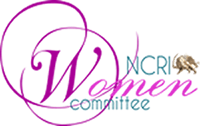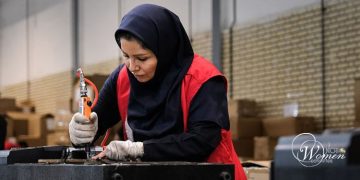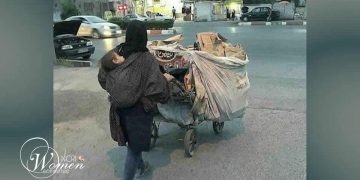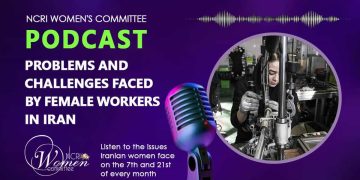Women’s economic participation in Iran has declined to its lowest point in the past three years. According to official statistics, only 13.1% of Iranian women were economically active in winter of 2024. In contrast, 67.3% of men were part of the labor force during the same period — a sharp disparity that underscores the depth of structural inequality. (Donya-e-Eqtesad, July 12, 2025)
World Bank data shows a similar picture: in 2024, Iran had a women’s economic participation rate of just 13.4%, ranking third-lowest in the region after Afghanistan and Iraq.
Higher Education, Lower Access: A Persistent Paradox
There is a clear disconnect between education and employment: 48% of employed women in Iran hold a university degree (compared to 23% of employed men), yet they face severe barriers in accessing jobs that match their qualifications. This forces many women to accept positions well below their academic and professional capacity.
According to official statistics, the economic participation rate of Iranian women dropped to 13% in the winter of 2025, marking the lowest level since 2021. In contrast, World Bank data shows that the global average for women’s economic participation in 2024 was around 49%.
A closer look at the data reveals that in the fall of 2024, approximately 71% of unemployed women in Iran held higher education degrees. For men, this figure was significantly lower—around 29%.
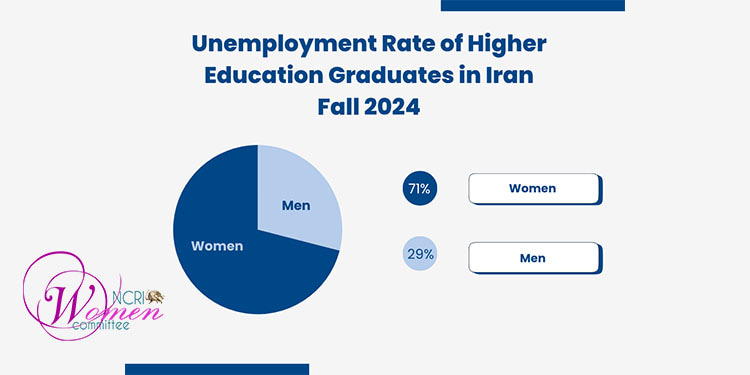
A Failing Economy and the Systematic Exclusion of Women
In many countries, rising education levels among women go hand in hand with higher labor market engagement. In Iran, however, women’s economic participation has been hindered by institutionalized discrimination, a patriarchal power structure, the absence of protective labor policies, and widespread economic mismanagement.
Iran’s economy has been on a continuous downward trajectory over the past decade, driven by systemic corruption, capital flight, persistent inflation, and stagnant or negative growth. The overall labor force participation rate fell to 41% in 2024, even lower than during the COVID-19 crisis.
This decline has had a disproportionate impact on women. Employment opportunities for women have not only decreased but are being systematically eliminated — a trend that suggests intentional economic exclusion of women from the workforce under current state policies.

